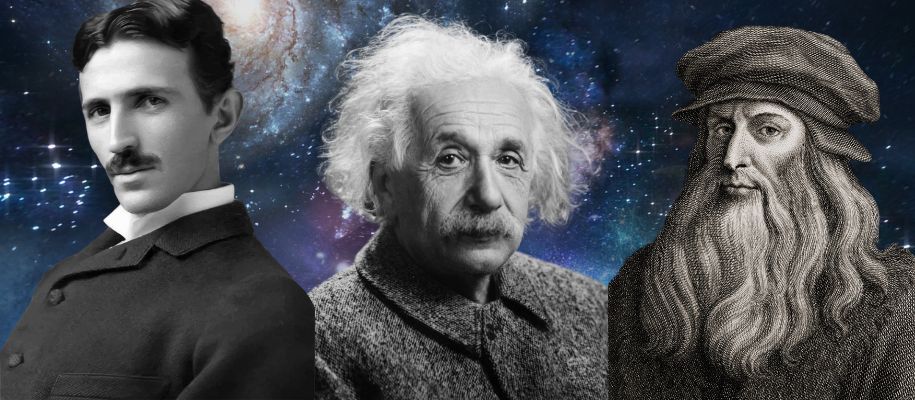Human beings have been studying the world around them for thousands of years. Here are some of the famous men and women scientists whose discoveries and inventions have been essential in contributing to our understanding of the universe or our technological advancement.
Aristotle (384-322 BC)
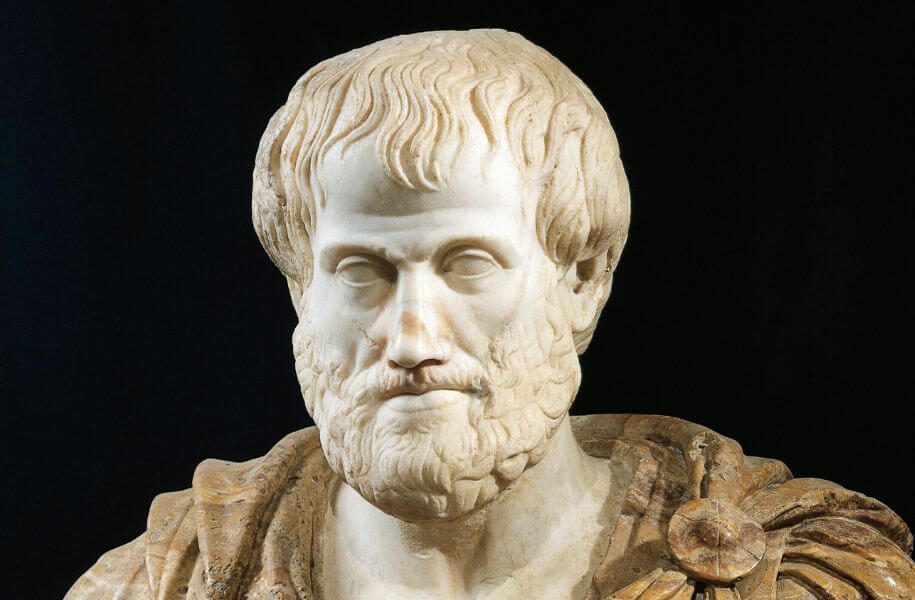
Aristotle was best known as a philosopher. He was a master of logic and rhetoric. But he also made a major contribution to science. He was an expert in biology, zoology, physics, political science and metaphysics. He was famous for his vast collection of animal and plant specimens. This helped him to establish his theories on the cycle of life. Much of his work has not been preserved.
Archimedes (287-212 BC)
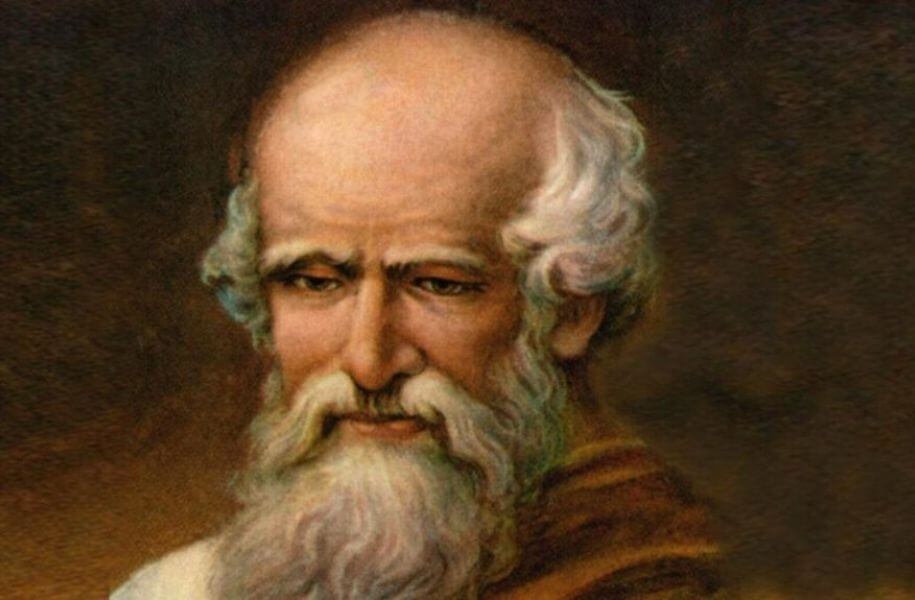
Archimedes was an ancient Greek mathematician and inventor. He lived on the island of Sicily, where he wrote many important works on mathematics. He is best known for discovering how to use a water bath to test whether a crown was made of pure gold. He also developed the mathematics to explain how levers worked and designed machines to repel Roman ships.
Leonardo da Vinci (1452-1519)
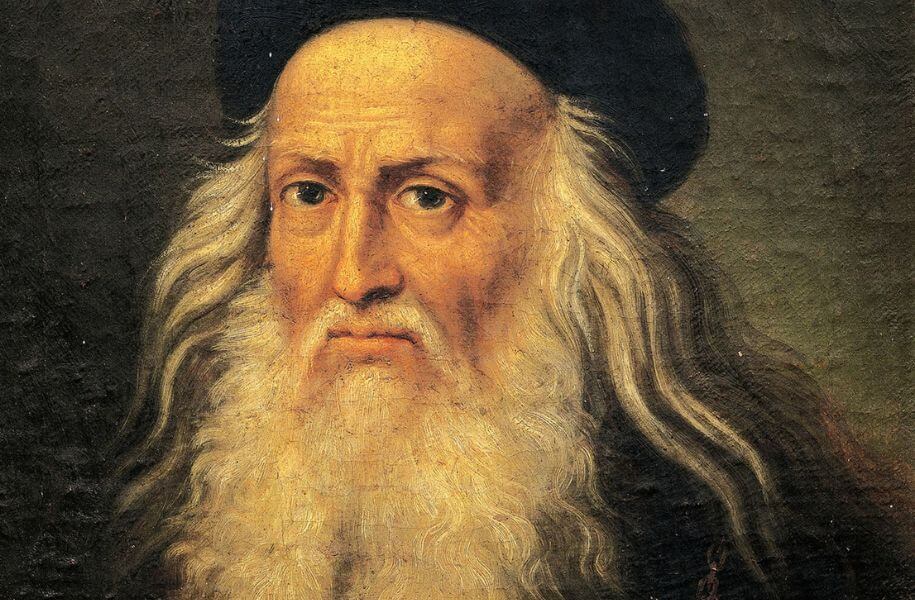
Leonardo da Vinci was an Italian inventor and artist who lived during a period of history called the Renaissance. The Renaissance was a period of great cultural importance, during which many discoveries were made. Leonardo began his career as an apprentice sculptor. He then moved to Milan, Italy, where he worked for the ruling Sforza family. He was a great inventor and engineer, who drew up plans for machines including a submarine, an armoured tank, a helicopter and a flapping-wing aircraft, but none of these were ever built. Leonardo contributed to many areas of science, but he was very secretive and wrote most of his notes in mirror handwriting. This means that his scientific work was not widely known until long after his death.
Nicolaus Copernicus (1473-1543)
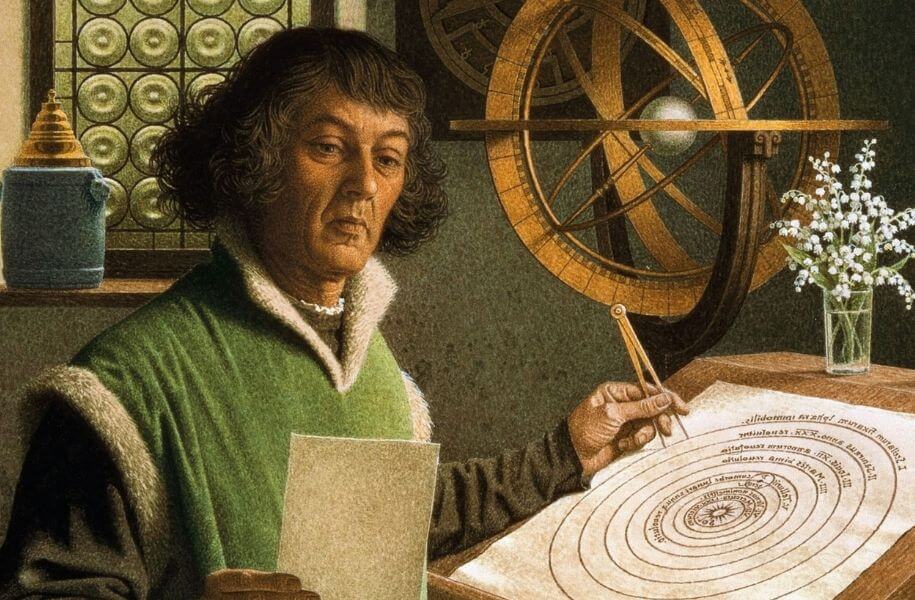
Mikołaj Kopernik was a Polish astronomer and mathematician who lived during the Renaissance, a period of major development in science and the arts in Europe. He first studied mathematics and astronomy in Kraków, Poland, before leaving to study canon law (Christian law) and medicine in Italy. He then returned to Poland, where he lived for the rest of his life. He is best known for his work in astronomy. He developed the idea of a heliocentric universe (with the Sun, not the Earth, at its centre). This idea was controversial at the time, as most people supported the idea that the Sun revolved around the Earth. He published his ideas in a book, De Revolutionibus Orbium Coelestium (On the Revolutions of the Celestial Spheres), just before his death in 1543.
Galileo Galilei (1564-1642)
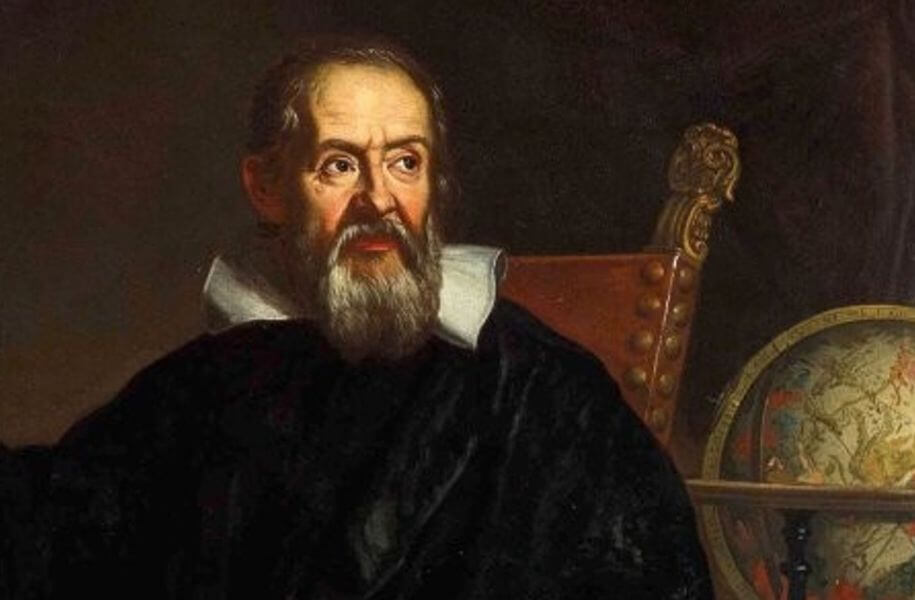
Galileo Galilei was an Italian astronomer and physicist. He was one of the first to challenge the theories of the ancient philosophers and tested all his ideas by experiment. He studied the science of motion and discovered that the weight of an object does not affect the speed of its fall. In 1609, Galileo invented the first astronomical telescope, which he used to study the surface of the moon. He also discovered the four largest moons of Jupiter. This led him to support the ideas of Copernicus, who had suggested that the Earth revolved around the Sun. As this contradicted the Bible, which suggested that the Earth was the centre of the Universe, the Catholic Church condemned him to house arrest for the rest of his life.
Find our Galileo thermometers on our website, an original and aesthetic way to measure the temperature at home.
Isaac Newton (1642-1727)

Isaac Newton was an English mathematician who studied at Cambridge University. In 1665, he returned home to Lincolnshire to escape the plague, a deadly disease that had spread across Europe. It was here that he came up with some of his best ideas, notably on how gravity works. He studied light in detail and discovered how the colors of the rainbow were formed. He used his ideas to write a book, Principia Mathematica, in which he proposed the laws of motion. Later in life, Newton became Master of the Royal Mint, where coins were made, and President of the Royal Society (a group of leading scientists).
His fame in the world of physics even earned him the attribution of a fascinating scientific object of which he was not the originator, Newton’s Cradle, which you can find in our shop.
Daniel Fahrenheit (1686-1736)
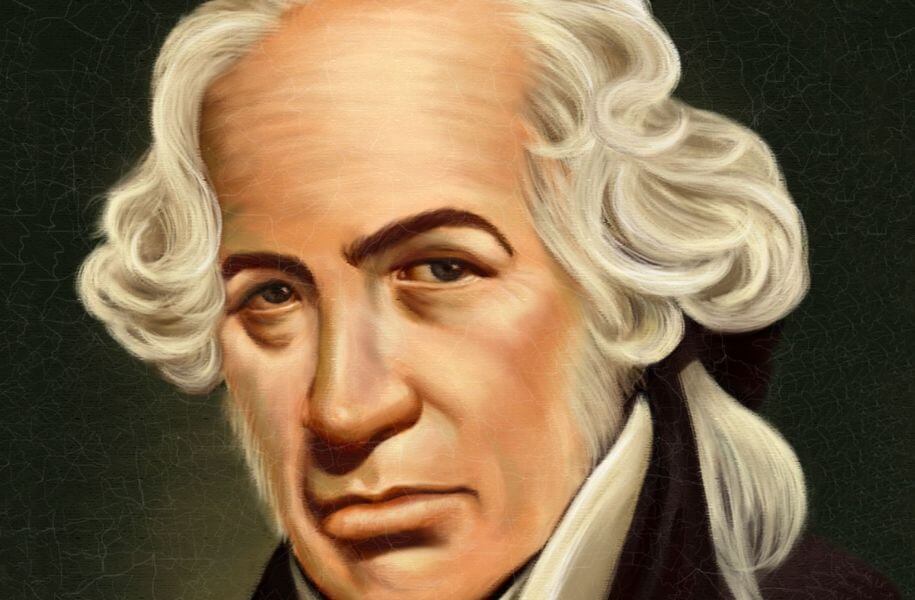
Daniel Gabriel Fahrenheit was a German physicist. He is famous for having invented two things. One was a temperature scale, later known as the Fahrenheit scale. In this scale, the freezing point of water is 32 degrees Fahrenheit (32°F) and the boiling point is 212°F. Fahrenheit’s other invention was a thermometer that used mercury. This was an improvement on alcohol thermometers, as it could measure higher temperatures.
Benjamin Franklin (1706-1790)

Benjamin Franklin was an American inventor and politician. He invented many things, including bifocal spectacles, a heat-efficient stove, swimming flippers and a musical instrument called the glass armonica. But his most interesting invention was the lightning rod. Before Franklin’s invention, buildings were often destroyed by fires caused by lightning. His lightning conductor attracted the lightning, redirected it to the side of buildings and brought it safely back down to earth. Franklin made essential discoveries about the relationship between lighting and electricity. As a politician, he was one of the statesmen who drafted and signed the Declaration of Independence in 1776.
Michael Faraday (1791-1867)
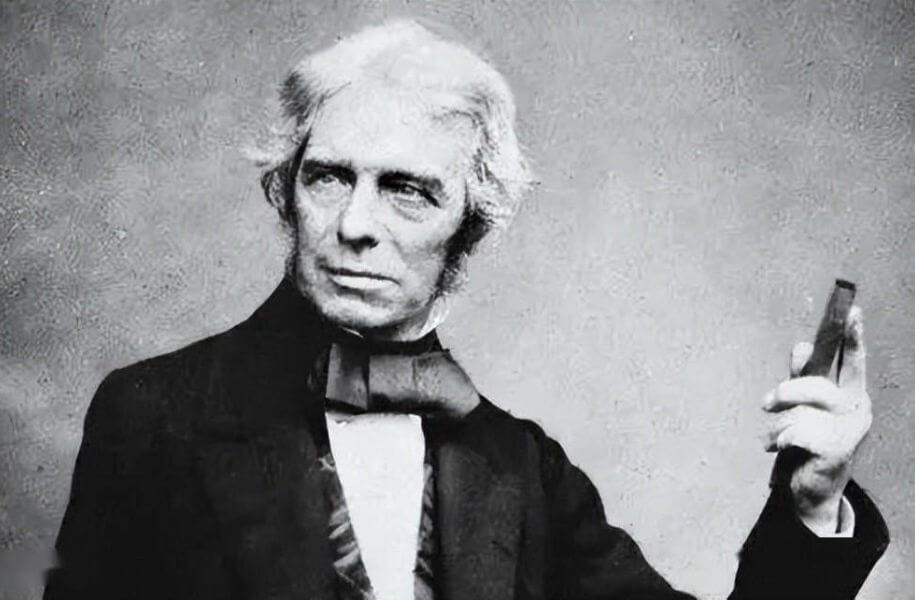
Michael Faraday was a Victorian chemist and physicist who invented the electric motor. He was the son of a poor London blacksmith. Although he had little schooling, he learned from science books while working for a bookbinder, and did his own experiments after work. In 1813, he became an assistant to the chemist Humphrey Davy, who took him to Europe where he met some of the greatest scientists of the time. His most important work was his invention of the electric motor in 1821. He also worked on magnetism and later discovered how to make electromagnets, which are used in electric generators. In addition to his work in physics, Faraday also made important discoveries in chemistry, including how to make stronger steel.
Charles Darwin (1809-1882)

Charles Darwin was an English naturalist who showed how animals can change over generations to form new species, a process known as evolution. He trained as a doctor before setting off on a voyage around the world on the HMS Beagle in 1831. During this voyage, he visited the Galapagos Islands in the Pacific Ocean. There he observed many different animal species, which gave him the ideas he later developed into his theory of evolution by natural selection. This theory was published in his book On the Origin of Species in 1859. He lived in Kent, England, with his wife and children for most of his adult life.
Louis Pasteur (1822-1895)
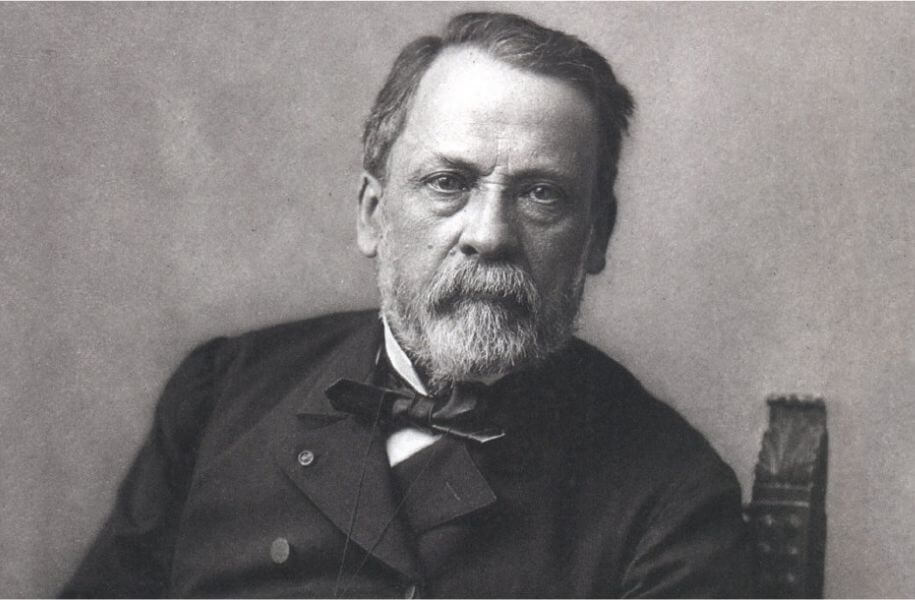
Louis Pasteur was a French biologist who worked on vaccines to prevent people from falling ill. He discovered that beer, wine and milk became acidic due to bacteria growing in them. Pasteur discovered that this phenomenon could be stopped by heating the products briefly and then cooling them, a process now known as pasteurisation. These studies helped him confirm the germ theory, according to which diseases are generally caused by tiny living beings called micro-organisms (bacteria are an example of micro-organisms). This is how he was able to develop the first vaccines.
Alexander Graham Bell (1847-1922)
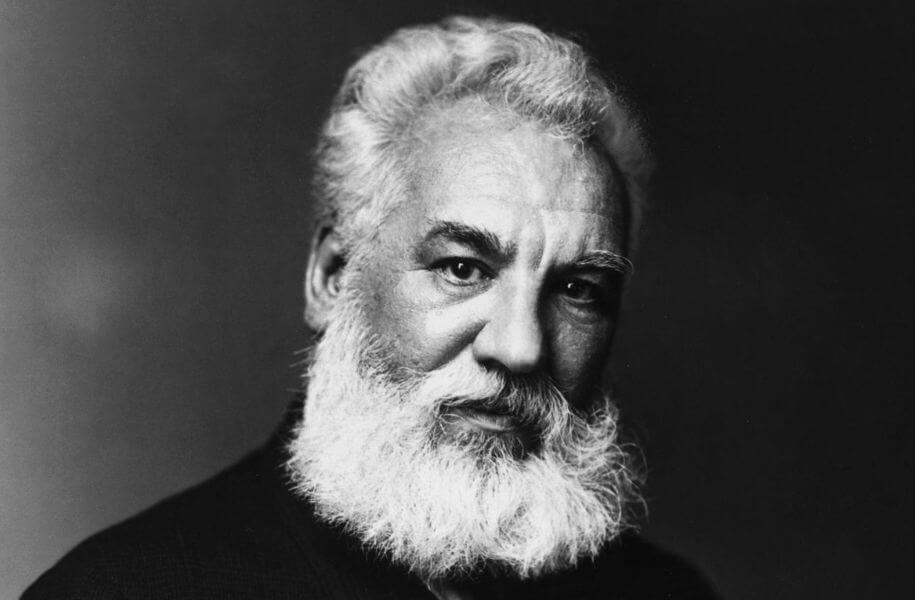
Alexander Graham Bell was an American inventor of Scottish origin who patented the first telephone. Born in Edinburgh, Scotland, Bell moved to Canada with his family at the age of 23 and later settled in Boston, Massachusetts. Bell taught music and studied how vibrating objects produced sound. He invented a type of electric telegraph (messenger machine) that sent signals in the form of musical notes. This led Bell to devise a way of sending and receiving the range of sounds in the human voice. The result was the telephone.
Thomas Edison (1847-1931)
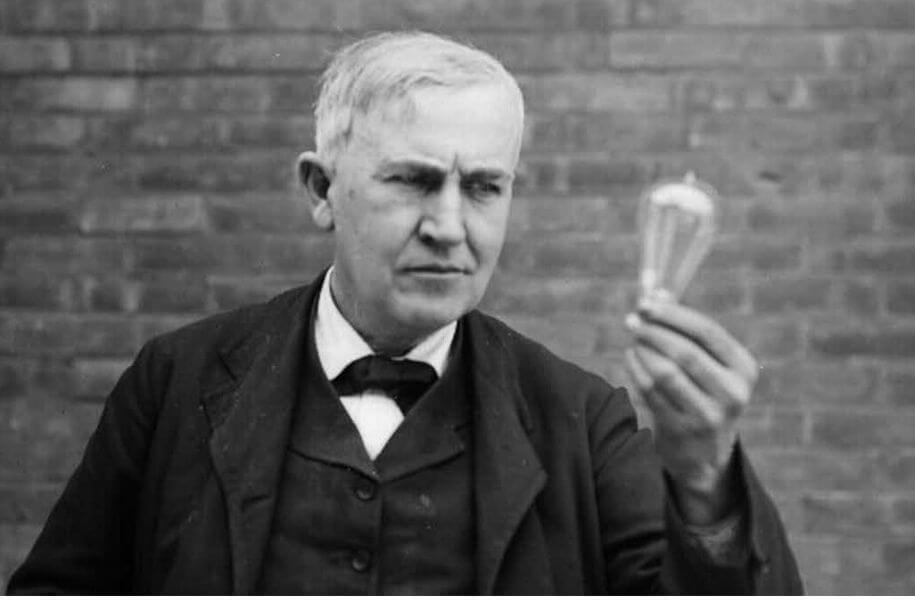
Thomas Edison was an American inventor. As a teenager, he set up his own business printing and selling newspapers. At the age of 16, he developed his first invention, the “automatic repeater”, which enabled telegraph signals to be transmitted. In 1876, he opened a laboratory where he developed most of his inventions. With his team, he improved the recently invented telephone. In 1878, he founded the Edison Electric Light Company and developed an electric lighting system for cities. His best-known inventions were the first practical electric light bulb, the phonograph (used to record sound) and the kinetoscope, a moving image projector that helped launch the cinema era.
Nikola Tesla (1856-1943)
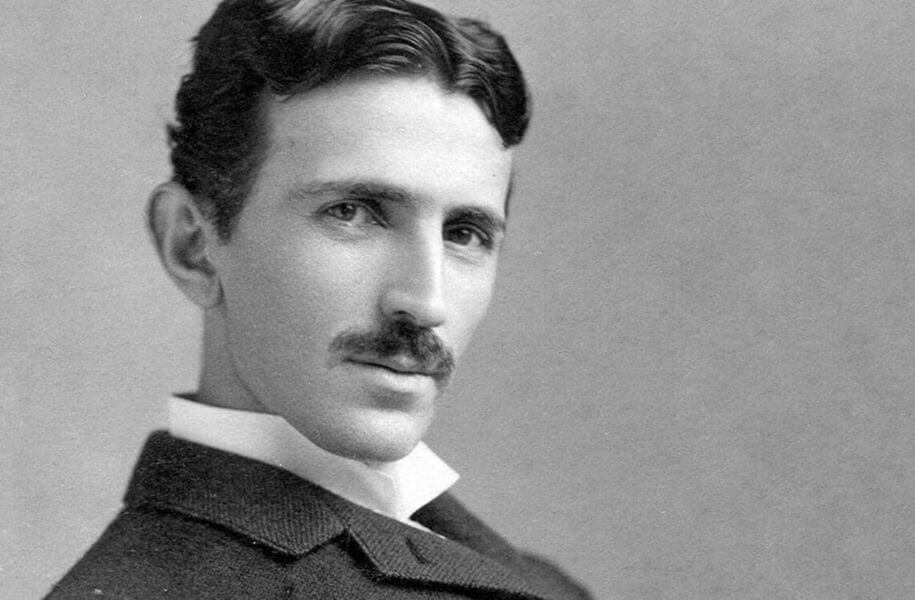
Nikola Tesla was a Serbian-American inventor who worked on electricity and radio technology. Tesla discovered that electrical machines worked best with alternating current. This means that the flow of electricity reverses in both directions. His alternating current system was in a “war of currents” with the direct current (DC) system of his former boss Thomas Edison, where electricity flowed in one direction only. In the end, alternating current won. The two men were to have received a joint Nobel Prize in 1912, but Tesla refused to have anything to do with Edison and neither was awarded the prize in the end.
Marie Curie (1867-1934)
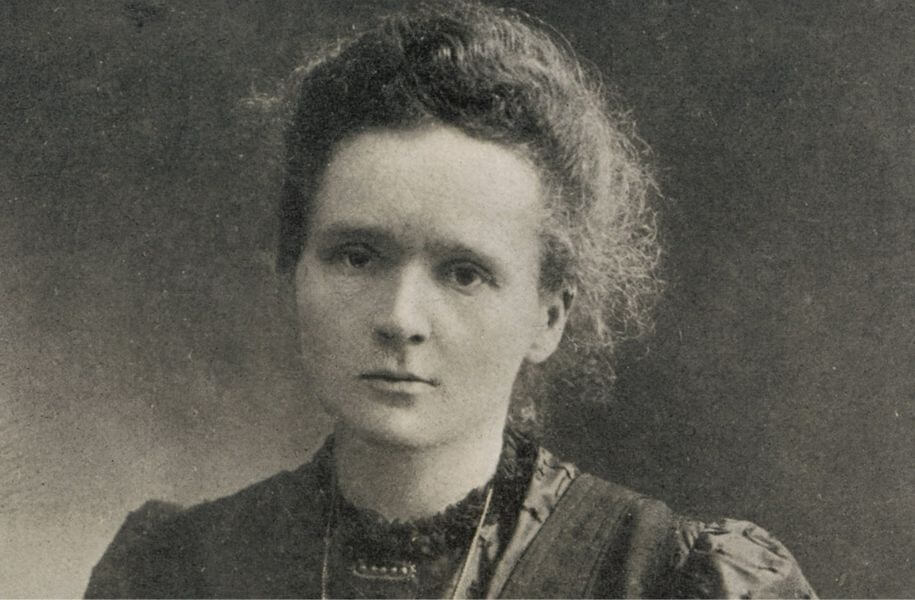
Marie Curie was a Polish physicist who worked on radioactivity. In 1891, she moved to Paris, France, to study physics, where she met her future husband, Pierre. Marie studied the rays emitted by uranium, a recently discovered element, which she called “radioactivity”. In collaboration with Pierre, she discovered two new radioactive elements, polonium and radium. Marie continued to work on radioactivity after Pierre’s death in 1906. She pioneered the medical uses of radioactivity and trained nurses in radiography (using X-rays to take images of the body) during the First World War. Unfortunately, her work exposed her to large amounts of radiation, which made her ill, and she died of cancer in 1934.
Albert Einstein (1879-1955)

Albert Einstein was a German-born physicist whose theory of relativity transformed our understanding of the universe. He was born in Germany but moved to Switzerland in 1896. In 1905, he wrote four scientific papers that revolutionised physics. His most famous theory shows that matter can be transformed into energy and vice versa. In 1915, he published another article on the general theory of relativity, which explained gravity more thoroughly than Isaac Newton’s laws had done. In 1921, he was awarded the Nobel Prize in Physics for his work on photoelectricity (how light can produce electricity), not for his more famous work on relativity. He then moved to the United States, where he became a popular icon, supporting campaigns for peace and equality.
Alan Turing (1912-1954)

Alan Turing was a British mathematician and computer scientist. He is best known for solving the German Navy’s Enigma code during the Second World War. The Enigma was a coded messaging machine used to send German military communications. Turing cracked the code by designing a calculating machine called the Bombe. This machine paved the way for the development of modern electronic computers. After the war, Turing continued to work on computers. He worked at the National Physical Laboratory in London, where he designed the Automatic Computing Engine (ACE) in 1945. This was one of the first stored-programme computers, a milestone in the development of computers.
James Watson (1928-)
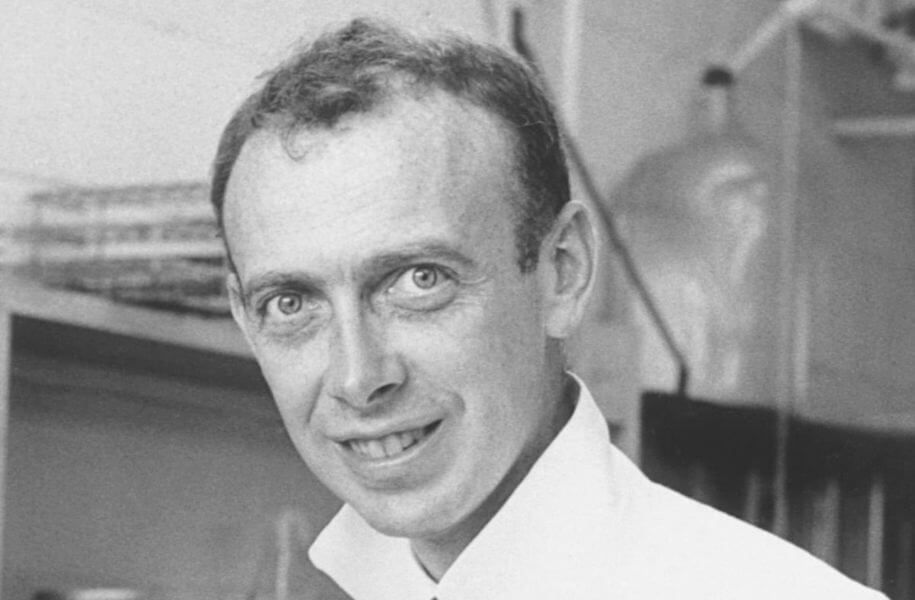
James Watson is an American scientist who, along with Francis Crick, discovered the structure of DNA in 1953. DNA contains the information that the body uses to build cells. Crick and Watson showed that DNA molecules have the shape of a spiral that resembles a twisted ladder (called a double helix). This shape enables DNA strands to carry an enormous amount of information in a small space. Watson later played a leading role in the Human Genome Project, which established the genetic code of human beings.
Stephen Hawking (1942-2018)

Stephen Hawking is an English physicist specialising in black holes. He works on cosmology, the science of the overall structure of the universe. He discovered that small quantities of matter can escape from black holes, and that these can explode. Between 1979 and 2009, he was Professor of Mathematics at Cambridge University in England. Hawking is also the author of the bestseller A Brief History of Time, which has sold 10 million copies.
Tim Berners-Lee (1955-)
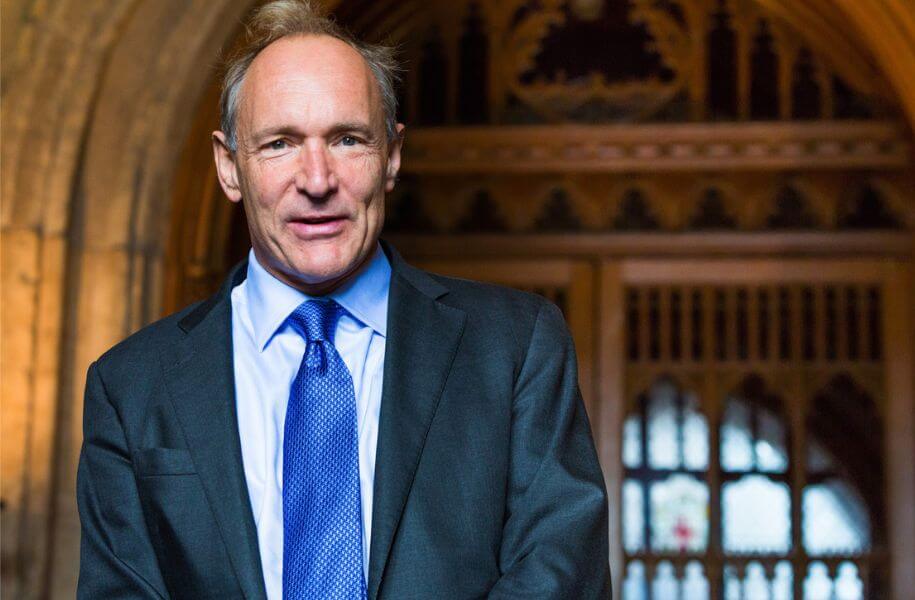
Tim Berners-Lee is a British computer scientist. While working at the European Organization for Nuclear Research (CERN) in 1989, he came up with the idea of linking web pages using the Internet. Computer networks already existed: the very first network, ARPANET, went live in 1969. Berners-Lee’s idea was to link documents and pages together. Berners-Lee called his system the “World Wide Web”. Initially, it was a way for scientists to communicate more easily with each other. Today, it has become an immense library of information that people can access from computers all over the world. He was knighted in 2004 by Queen Elizabeth II and took part in the opening ceremony of the London 2012 Olympic Games.
